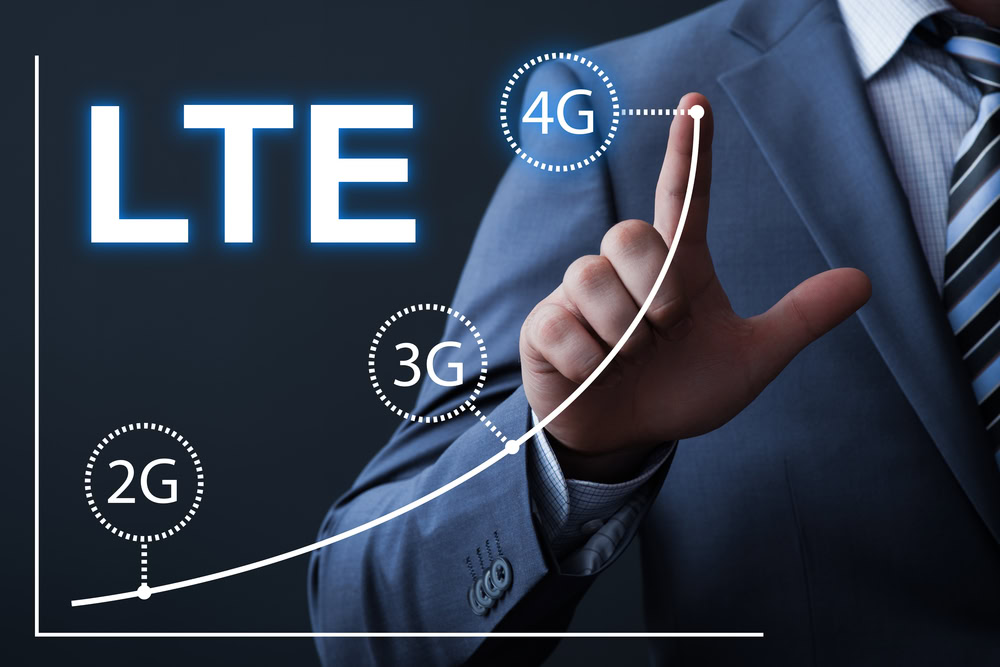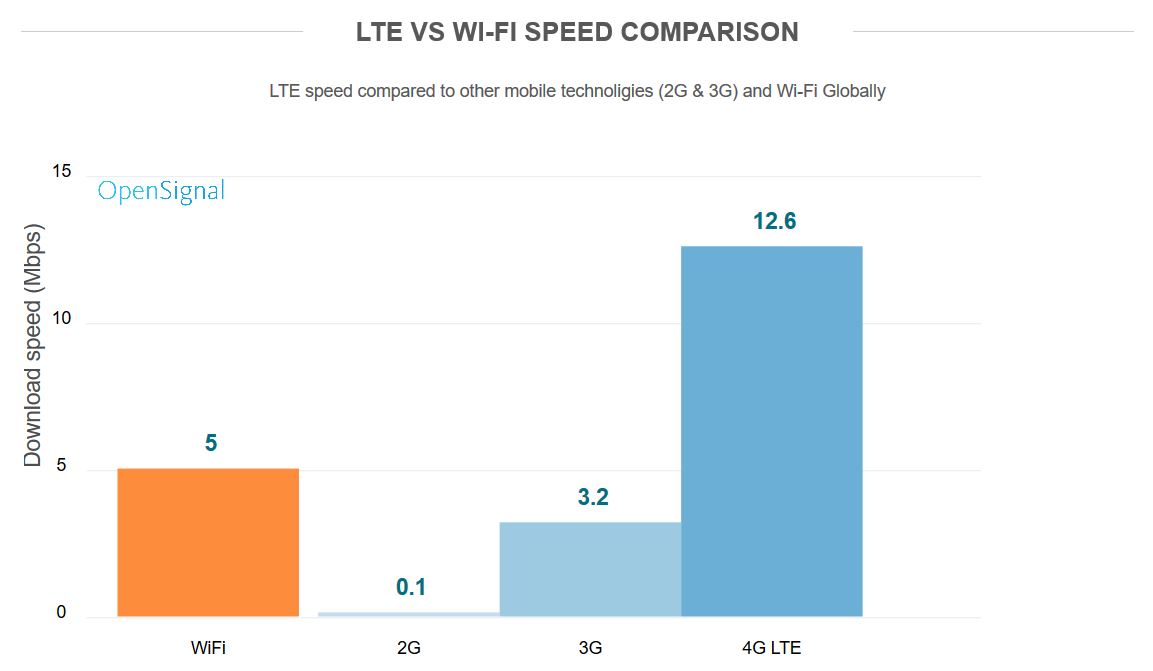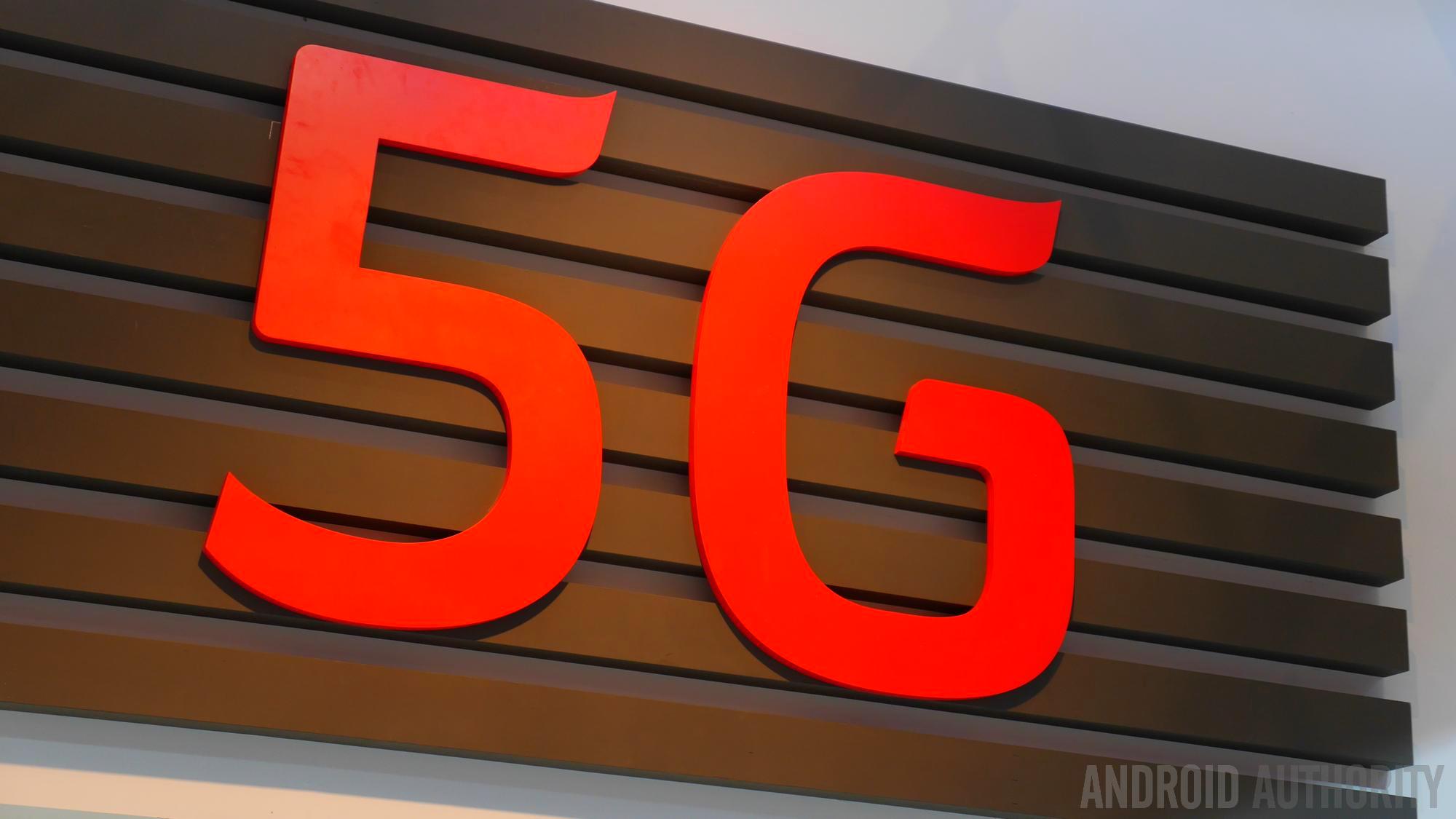Affiliate links on Android Authority may earn us a commission. Learn more.
Fastest LTE networks and countries revealed

4G LTE has been rolling out across the globe for a number of years now, but your typical speed and coverage can still be highly dependent on your country of residence and choice of carrier. OpenSignal has just published its report on global 4G LTE networks for Q3 2015, which reveals the fastest and most consistent networks around the world and in which countries you can find them.
Before we delve into the leader boards, the research also finds that 4G LTE speeds are generally increasing around the world. 20 Mbps connections are now quite common, partly thanks to the introduction of LTE-Advanced. However, it’s the late adopters that seem to be providing the best speeds these days, while some countries that were previously on the cutting edge are falling behind.

In fact, the 4G wireless standard has easily surpassed typical broadband WiFi speeds available through telephone wires. The average 4G LTE speed sits at 12.6 Mbps, faster than 3G’s 3.2 Mbps average and quite a bit quicker than WiFi’s rather poor looking 5 Mbps. Although regional broadband speeds vary considerably from this average.
Top 5 fastest countries
- New Zealand, 36 Mbps
- Singapore, 33 Mbps
- Romania, 30 Mbps
- South Korea, 29 Mbps
- Denmark, 26 Mbps
Despite only introducing 4G LTE to the country two years ago, New Zealand now tops the table as the country with the fastest LTE network. As we have come to expect, countries in Asia are generally up there with the best performance too, although some European countries are also quite competitive. Interestingly, South Korea has managed to double its LTE speed in the past year, thanks to the introduction of carrier aggregation technologies.
For comparison, the typical speed in the US is around only 10 Mbps, less than a third of the speed of the top nations. The UK sits on 13 Mbps and the typical speed in Europe is closer to 20 Mbps, although it varies a lot. India, which is seeing growing LTE use, sits at 10 Mbps as well. Early LTE adopters, such as the US, Japan, Sweden and Germany, don’t feature in the top 5 anymore.
While the best performing networks were in Asia, European operators delivered some impressive performances as well, notably TDC in Denmark and KPN in the Netherlands. – OpenSignal
Top 5 countries with the best coverage
- South Korea, 97%
- Japan, 90%
- Hong Kong, 86%
- Kuwait, 86%
- Singapore, 84%
Of course, coverage is just as important as the top achievable speeds. There’s little utility in a super-fast connection available to just one village. However, OpenSignal doesn’t calculate these results based on geographic coverage, but rather caculates the score on time in coverage, which takes into account the strength of indoor signals too.
Again, we see a particularly strong showing for the Asian nations. However, speed leader New Zealand drops down to just 51 percent coverage, sitting right next to the UK’s and India’s 50 percent.
While the U.S., Sweden and Japan are falling behind in speed, they are among the top countries in the world in terms of coverage. – OpenSignal
The US fares much better in this category, managing to offer a LTE connection to customers around 78 percent of the time, although the Sprint network falls to 64 percent. Europe is a very mixed bag, with the Netherlands managing 80 percent while France struggles on just 47 percent. The worst carrier coverage can be found in Indonesia, where Axiata’s XL network provides a LTE connection just 19 percent of the time.
Top 5 fastest networks
- Starhub, Singapore, 38 Mbps
- Vodafone, Romania, 36 Mbps
- TCD, Denmark, 35 Mbps
- Olleh, South Korea, 34 Mbps
- SingTel, Singapore, 32 Mbps
Finally, a quick look at the fastest carriers around the world. Unsurprising, Singapore manages to nab a couple of the top positions, but European countries also host two of the top five. Looking more broadly, Europe is a mixed bag, where as Asia and some Middle Eastern countries offer the most consistent selection of local carriers.
For US readers out there, T-Mobile and Verizon are the two fastest networks in the country at around 12 Mbps each. Sprint, AT&T and C Spire are slower, hovering around the 7 Mbps mark on average. There’s quite a way to go to catch up with Singapore.

4G LTE technology has already helped hook up a large number of mobile customers to blazing fast wireless connections, but it is apparent that a number of carriers still have a long way to go to offer a suitable levels of consistent coverage. If you are looking for the fastest data connections around, Asia is still the place to relocate to, but the rest of the world is catching up.
You can read the full report in the source link below, complete with some interactive charts to help breakdown the data.